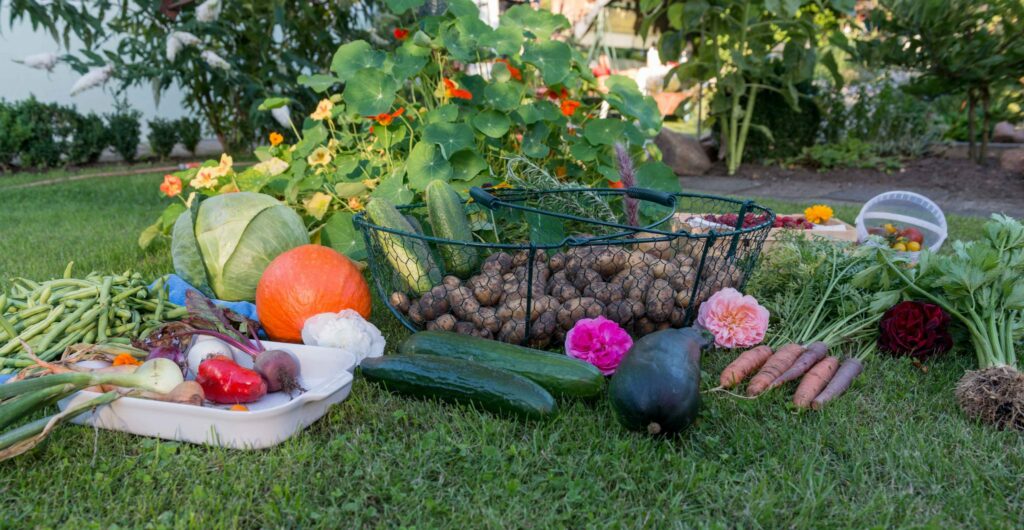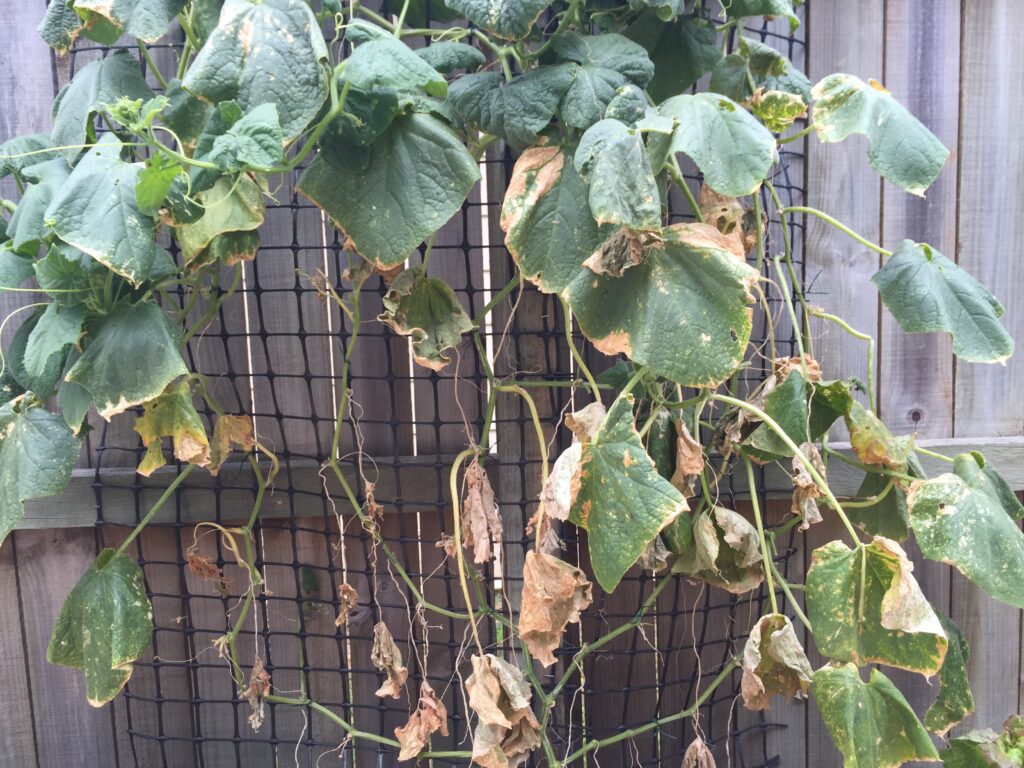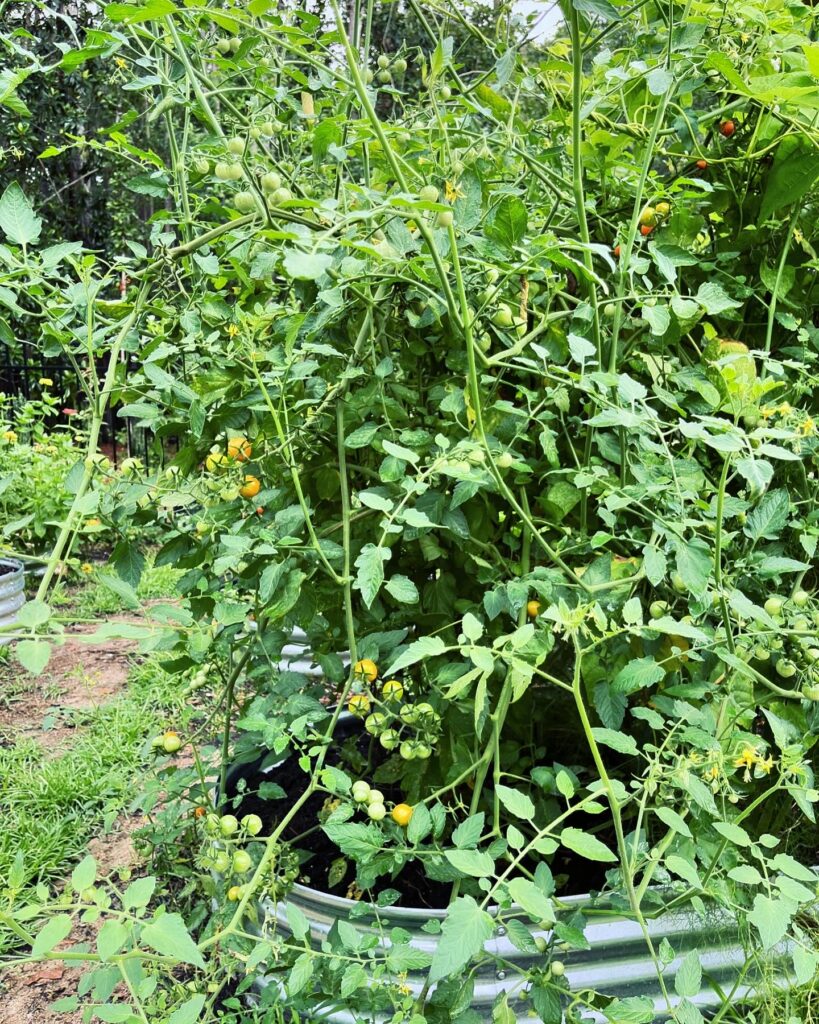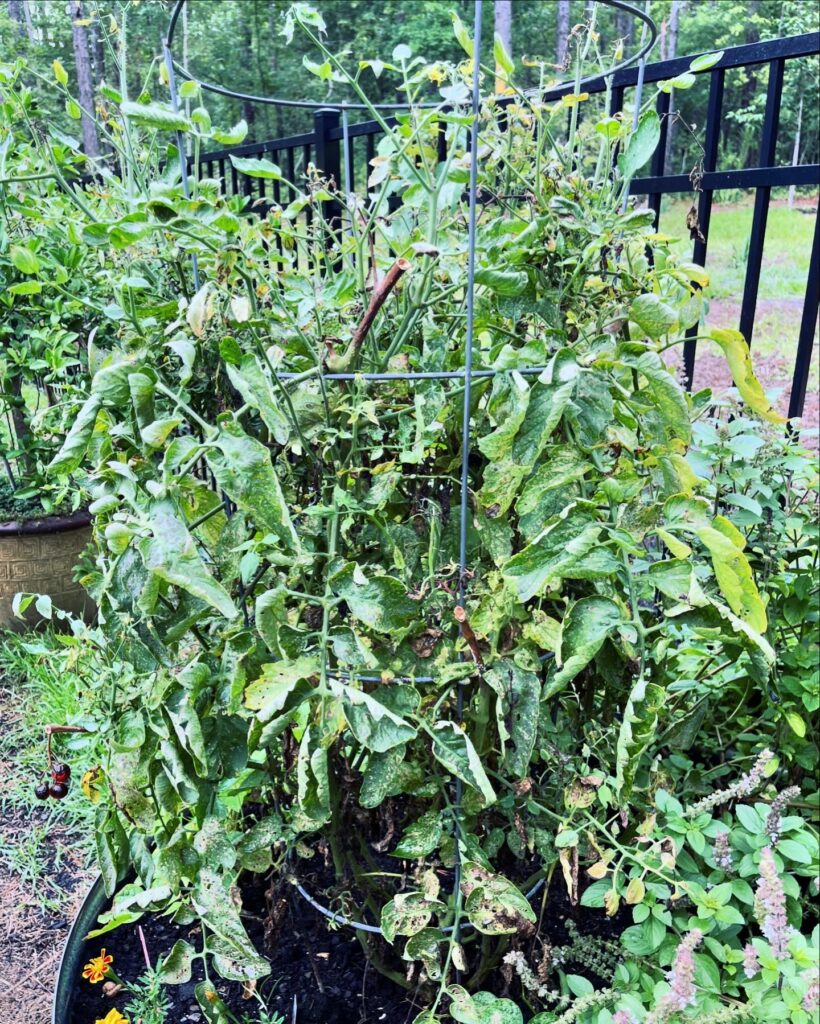Midsummer Vegetable Garden Checklist
go.ncsu.edu/readext?1016013
en Español / em Português
El inglés es el idioma de control de esta página. En la medida en que haya algún conflicto entre la traducción al inglés y la traducción, el inglés prevalece.
Al hacer clic en el enlace de traducción se activa un servicio de traducción gratuito para convertir la página al español. Al igual que con cualquier traducción por Internet, la conversión no es sensible al contexto y puede que no traduzca el texto en su significado original. NC State Extension no garantiza la exactitud del texto traducido. Por favor, tenga en cuenta que algunas aplicaciones y/o servicios pueden no funcionar como se espera cuando se traducen.
Português
Inglês é o idioma de controle desta página. Na medida que haja algum conflito entre o texto original em Inglês e a tradução, o Inglês prevalece.
Ao clicar no link de tradução, um serviço gratuito de tradução será ativado para converter a página para o Português. Como em qualquer tradução pela internet, a conversão não é sensivel ao contexto e pode não ocorrer a tradução para o significado orginal. O serviço de Extensão da Carolina do Norte (NC State Extension) não garante a exatidão do texto traduzido. Por favor, observe que algumas funções ou serviços podem não funcionar como esperado após a tradução.
English
English is the controlling language of this page. To the extent there is any conflict between the English text and the translation, English controls.
Clicking on the translation link activates a free translation service to convert the page to Spanish. As with any Internet translation, the conversion is not context-sensitive and may not translate the text to its original meaning. NC State Extension does not guarantee the accuracy of the translated text. Please note that some applications and/or services may not function as expected when translated.
Collapse ▲Midsummer Vegetable Garden Checklist
We know it’s hot outside, but consider this your midsummer inspirational pep-talk to get out in the vegetable garden during the early morning hours and do a little clean up and seed planting. Your cooler fall-self will thank you for the harvest! Plus, with all the rain we’ve been getting, it’s a great time for seeds to germinate!
If you can get out in the garden over the next few weeks, there’s still time to plant an additional round of heat-loving summer veggies to extend your harvest until it’s time to think about planting fall crops.
Clean-up:
Some cucumbers can begin to taste bitter as they develop on mature plants as the heat of summer sets in. Certain varieties are more prone to bitterness, plus exposure to drought conditions (repeated wilting) can increase the bitter flavors as well. From past experience, once they go bitter there’s not much you can do except to pull out the plant and start over with a fresh round of seeds.
Tomatoes will set fruit best when daytime temperatures are between 70–80°F and nighttime temperatures are between 60–70°F. Our current summer temperatures have exceeded this range, which can cause tomato plants to shed their blossoms without setting fruit. At this point you have a few options: If the plants are happy and covered with still-ripening fruit you can leave them where they are and possibly do a little cut back to encourage fresh new growth. However, if they are looking stressed or diseased, they are probably sending out signals that attract pests to your garden and you might want to consider removing them altogether to make space for something else.
Happy, healthy tomato
Unhealthy tomato

Tomato attracting pests (leaf footed bug)
After you have removed unproductive plants and weeds from your garden, you can decide what else you would like to grow this summer. Keep in mind that rotating crops to different areas in the garden will help to make the best use of available nutrients, so try not to replant what you just removed in the same spot.
Veggies and herbs you can plant now through August include:
- Squash- summer squash, zucchini, and winter squash like butternut and pumpkins
- Okra
- Eggplant
- Peppers
- Cucumbers
- Green Beans
- Basil, Parsley, Dill, and Fennel

It’s also a good time to check your drip line and irrigation systems and add a little compost to your veggie beds too!








